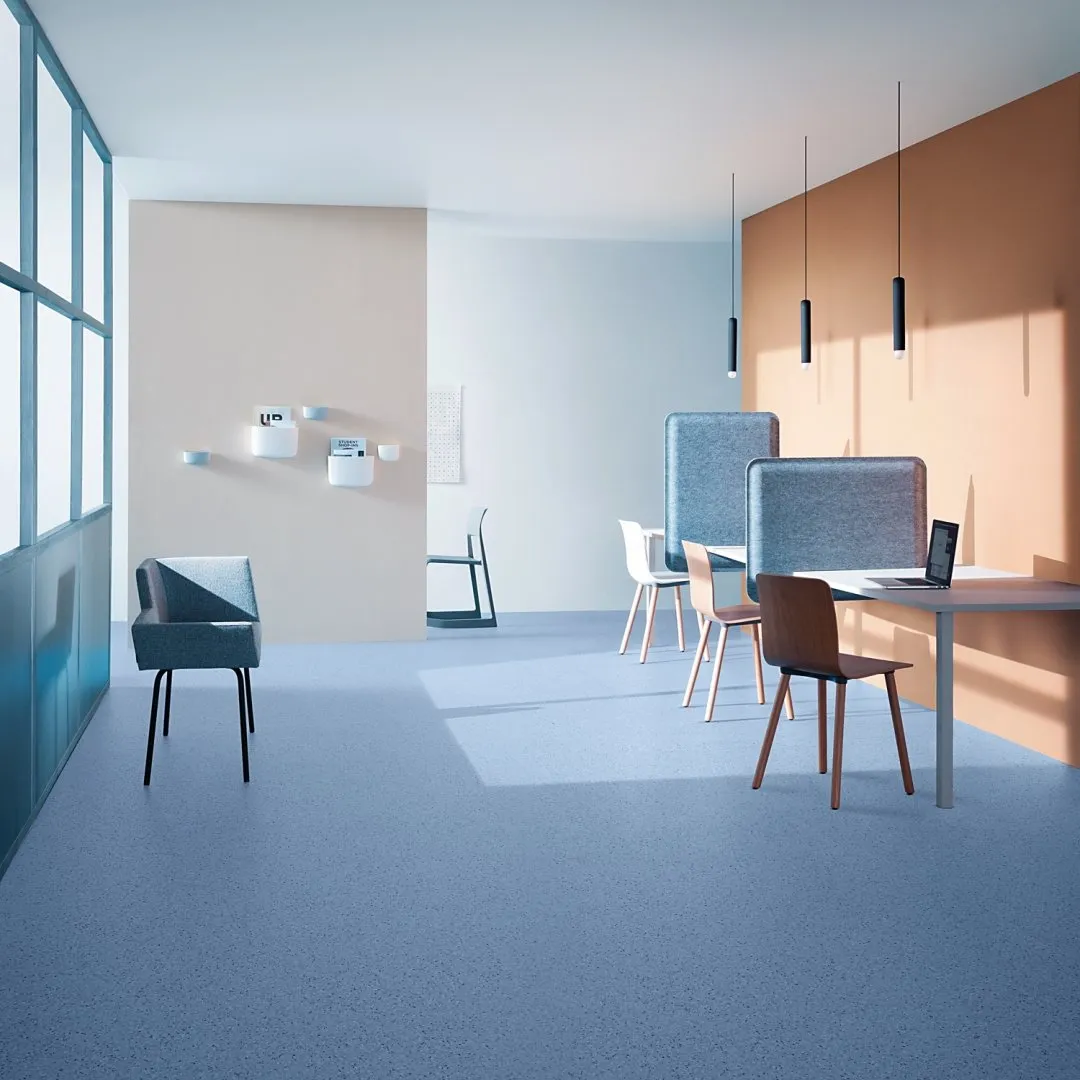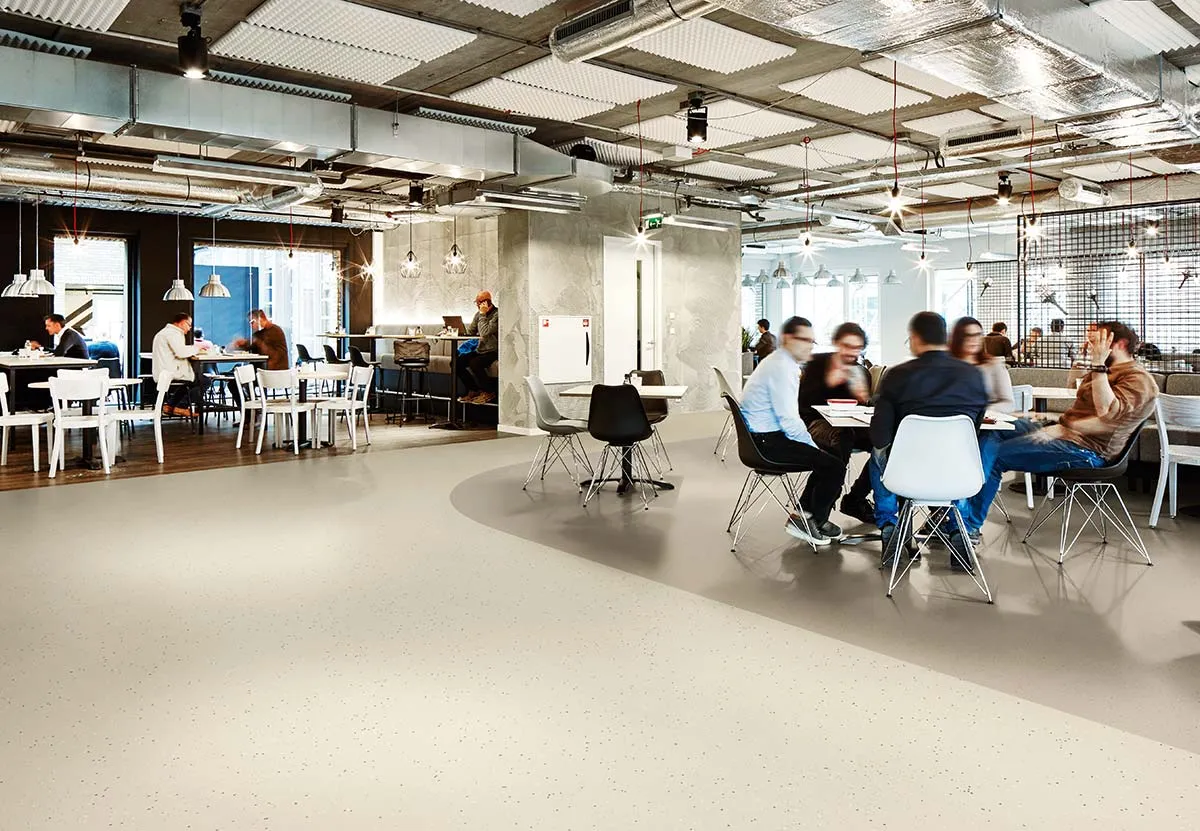Aluminum material Skirting
Feb . 01, 2025 05:01
Back to list
Aluminum material Skirting
When it comes to interior design, the skirting board plays a surprisingly transformative role, encapsulating the junction where walls meet floors with both function and flair. Choosing the right type of skirting board can elevate a room’s aesthetics while simultaneously providing practical benefits. Delving into the different types of skirting boards can significantly refine the interior spaces with their unique characteristics.
Square edge skirting boards offer a minimalist approach with clean lines that are ideal for modern homes. These boards work especially well in industrial-style interiors, providing a sleek, understated aesthetic. Bullnose skirting boards, another modern favorite, with their rounded edges, offer a subtle finish that is both kid-friendly and stylish. For larger, grander spaces, tall skirting boards make a commanding statement. These typically range from 7 to 9 inches in height and can accentuate higher ceilings, lending a sense of grandeur to the room. They pair beautifully with large moldings and ornate details, enhancing Palatial and Edwardian interiors. When considering eco-friendly goals, there is a growing trend towards sustainable skirting board options. Reclaimed wood skirting boards or those made from certified sustainable sources cater to environmentally conscious consumers. They not only support green building initiatives but add a unique historic element, often carrying the charm and patina of their previous lives into new homes. Installation and maintenance are pivotal aspects that influence the choice of skirting boards. Tongue and groove skirting boards allow for straightforward installation, minimizing visible fixings for a seamless appearance. Many contemporary boards are designed for easy fitting and come pre-primed, ready to accept any paint color which translates to reduced labor and costs. When it comes to maintenance, painted boards may require periodic touch-ups to maintain their appearance, whereas some wooden or metal boards can retain their look with minimal intervention. Understanding the maintenance requirements is essential for choosing boards that suit your lifestyle and long-term design vision. In conclusion, selecting the right skirting board type involves assessing factors like material, style, and maintenance needs. Each type of skirting board offers distinct advantages and aesthetic qualities, shaping the overall ambiance of a space. By focusing on a skirting board that aligns with both functional needs and design aspirations, homeowners can achieve a harmonious and visually appealing environment that stands the test of time.


Square edge skirting boards offer a minimalist approach with clean lines that are ideal for modern homes. These boards work especially well in industrial-style interiors, providing a sleek, understated aesthetic. Bullnose skirting boards, another modern favorite, with their rounded edges, offer a subtle finish that is both kid-friendly and stylish. For larger, grander spaces, tall skirting boards make a commanding statement. These typically range from 7 to 9 inches in height and can accentuate higher ceilings, lending a sense of grandeur to the room. They pair beautifully with large moldings and ornate details, enhancing Palatial and Edwardian interiors. When considering eco-friendly goals, there is a growing trend towards sustainable skirting board options. Reclaimed wood skirting boards or those made from certified sustainable sources cater to environmentally conscious consumers. They not only support green building initiatives but add a unique historic element, often carrying the charm and patina of their previous lives into new homes. Installation and maintenance are pivotal aspects that influence the choice of skirting boards. Tongue and groove skirting boards allow for straightforward installation, minimizing visible fixings for a seamless appearance. Many contemporary boards are designed for easy fitting and come pre-primed, ready to accept any paint color which translates to reduced labor and costs. When it comes to maintenance, painted boards may require periodic touch-ups to maintain their appearance, whereas some wooden or metal boards can retain their look with minimal intervention. Understanding the maintenance requirements is essential for choosing boards that suit your lifestyle and long-term design vision. In conclusion, selecting the right skirting board type involves assessing factors like material, style, and maintenance needs. Each type of skirting board offers distinct advantages and aesthetic qualities, shaping the overall ambiance of a space. By focusing on a skirting board that aligns with both functional needs and design aspirations, homeowners can achieve a harmonious and visually appealing environment that stands the test of time.
Latest news
-
The Evolution of Luxury Flooring Guangzhou Enlio's JourneyAug.05,2025
-
Innovative Commercial Flooring Solutions from Guangzhou Enlio SportsAug.05,2025
-
Premium Interior Solutions with Quality Skirting OptionsAug.05,2025
-
Masking Tape The Essential Tool for Professional ApplicationsAug.05,2025
-
SPC Vinyl FlooringJul.18,2025
-
Home SPC FlooringJul.18,2025




